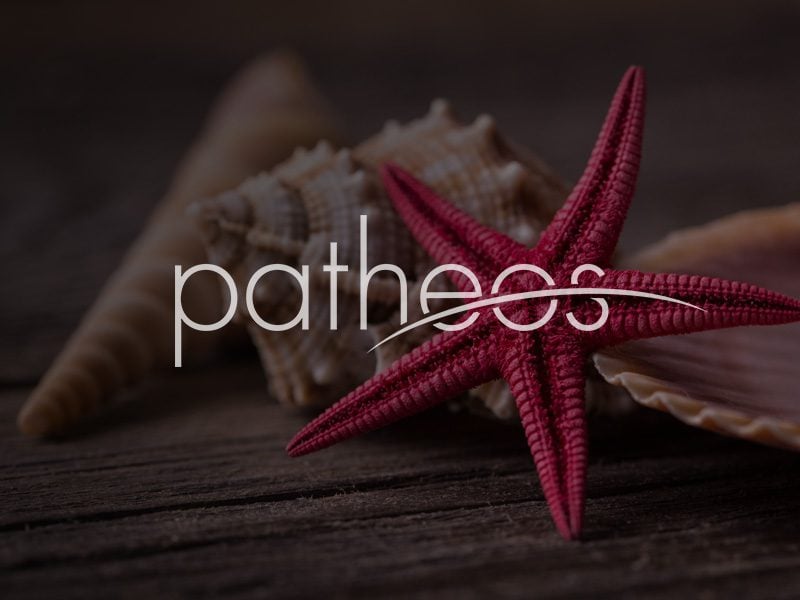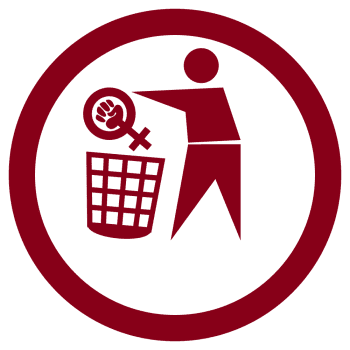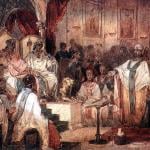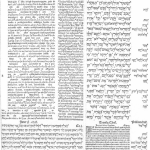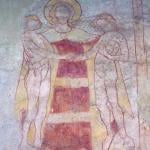Fertility Awareness should be for every woman—not just sexually active ones

I had a somewhat unusual sex education.
Not unusual in most respects–I went to Ontario Catholic schools, which means that I had the same flush of embarrassment and curiosity over the diagrams in Chapter Four of our Fully Alive “family life” books as did my contemporaries. I remember sneaking glimpses at anatomical line drawings and shifting uncomfortably when it came time to separate boys and girls and talk about more personal details of oncoming puberty.
But I was unusual in the resources available to me outside the classroom; foremost, my parents. I remember bringing a friend home with me because she was too embarrassed to ask her mother or the teacher her questions about sex. I told her she could ask my mother–and my mother, calmly and without any fuss, pulled out her copy of Lennart Nilsson’s A Child is Born to show us the diagrams and explanations of sexual anatomy in the introduction, then walked us through conception and pregnancy, all the way to the photos of a vaginal birth at the end. My friend walked out a little dazed and very thoughtful.
A Child is Born wasn’t the extent of my mother’s library. My parents were natural family planning teachers with the Canadian NFP organisation SERENA. At various times they served on the provincial or national board for the organisation, and the discussions this led to went a long way to normalize fertility and the terms associated with it for me, and I think for my siblings as well. And then there were the books.
As willing as my mother was to answer questions, I was as awkward as any other child about going to her with my own. Instead, I went to our bookshelves. I browsed books about the female cycle, and articles noting the effects of ovulation on mood and energy. I browsed journal articles comparing various methods of NFP and contraception. I read chapters about the relationship between health and cycle regularity, and in-depth discussions of the qualities of fertile mucus.
Consequently, although I’d never been formally taught, as a teenager I was already in the habit of noting cycle observations on my calendar, making my best guess as to when ovulation was occurring based on what I had picked up, and marking down the most likely days for my next period to start. I remember a conversation with an older sister, home visiting from University, who advised me to get the jump on papers and assignments during the middle part of my cycle when I would have the most creative energy, so I wouldn’t have to grind through them during the energy-draining, moody days before menstruation. My other older sister told me about PMS, and made the connection for me between this end-of-cycle low and the bouts of irritability and temper that led me to clash with my mom and brothers.
In one form or another, I’ve practised fertility awareness for 20 years. Only half of that time did I have a sex partner or the possibility of conception to consider. As useful as it is to be able to use this information to plan for or postpone pregnancy, at its heart, this practice is about self-knowledge, the kind that illuminates what is unconscious, and subsequently empowers.
Which is probably why this story about the positive effects of teaching cycle charting to teenage girls resonated with me.
“These young women hadn’t been equipped with an understanding of the hormonal shifts in their cycles and how these changes were driving their moods and behaviors. After three month of charting in this rudimentary fashion, the girls starting noticing clear patterns emerging from their charts, and they became aware of that monthly “rabbit hole.”
These girls became empowered and in control, Ms. Botha reported. Mindful self-awareness and the understanding that such phases are normal and only phases made all the difference in their ability to handle them.”
Cycle mindfulness: What happens when you teach fertility awareness to teen girls
The time wasn’t that long ago that information about cycle charting would have been difficult for a teen girl to find. The leading NFP organisations were Catholic, and policies against teaching single women were not uncommon. Teaching a teenage girl to chart her fertility, some would still argue, might appear to endorse teenage sexual activity. People of faith were worried about enabling extramarital sex by accepting unmarried, non-engaged people into their classes. The secular world still largely confused NFP with the rhythm method.
Needless to say, times have changed. There are hundreds of cycle-tracking apps available on Google Play and the Apple Store. The “big three” NFP organisations–CCL, Billings, and Creighton–have been joined by dozens of smaller organisations with varying missions and approaches. Many methods make instruction available online, and it is easier than ever to connect with other NFP and fertility awareness users.
Should your teenage daughter learn to chart her cycle? I’m not sure that is even the question anymore. The information is out there, and it is relevant to every cycling woman.
The real question is whether you can keep your daughter in ignorance about the function of her own body. And whether you would really want to, knowing everything that knowledge could mean for her.





